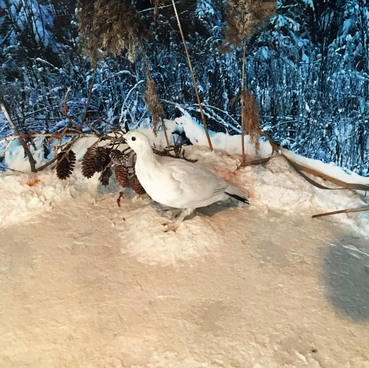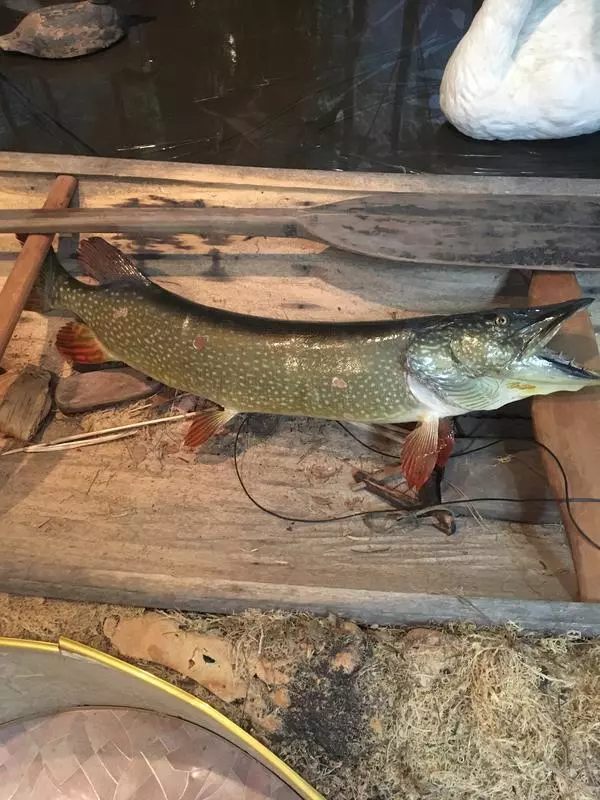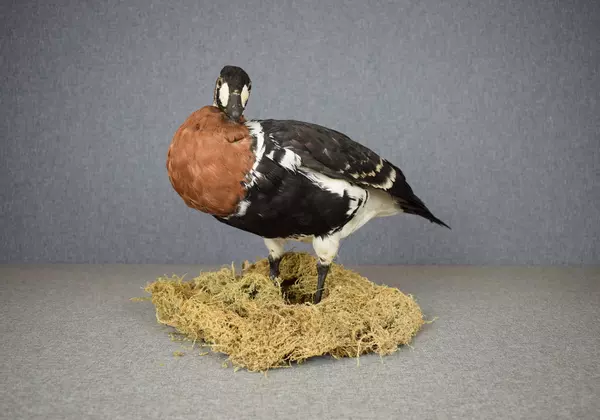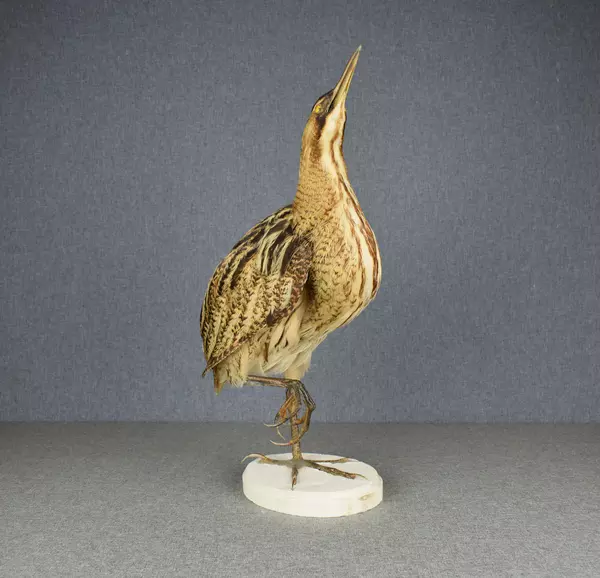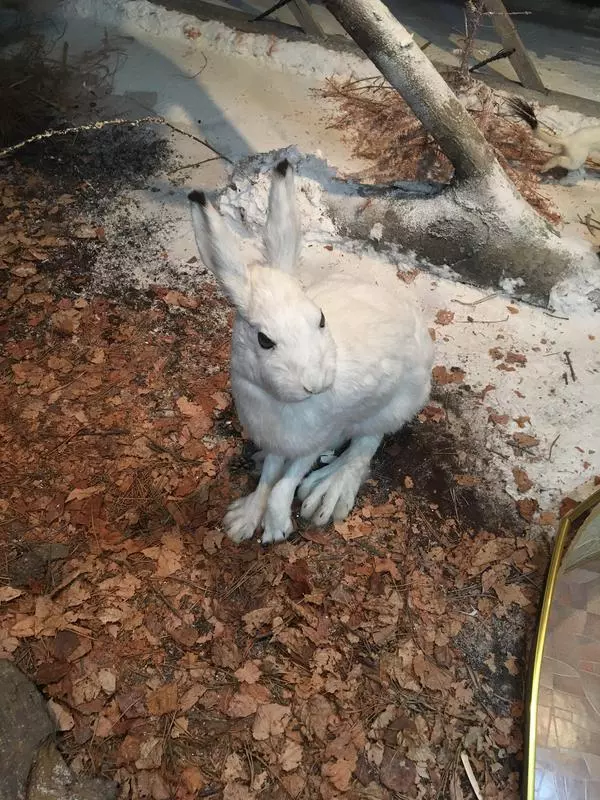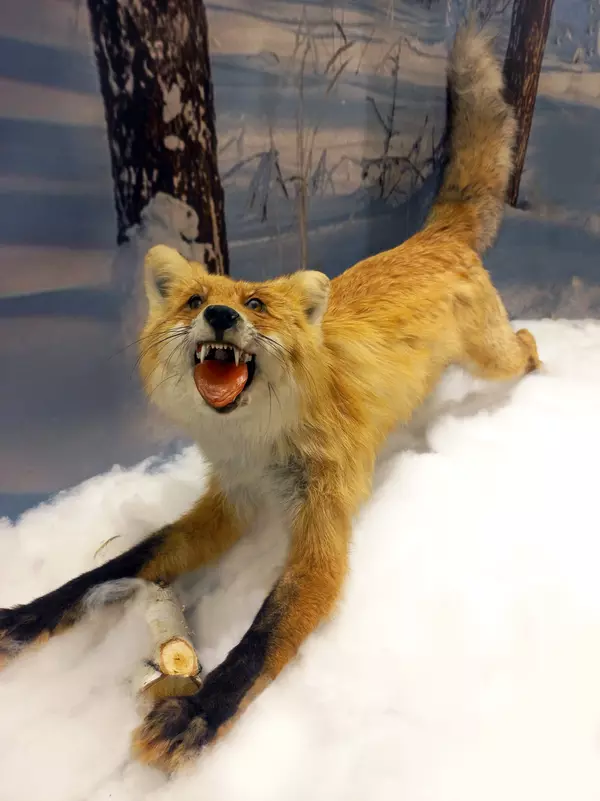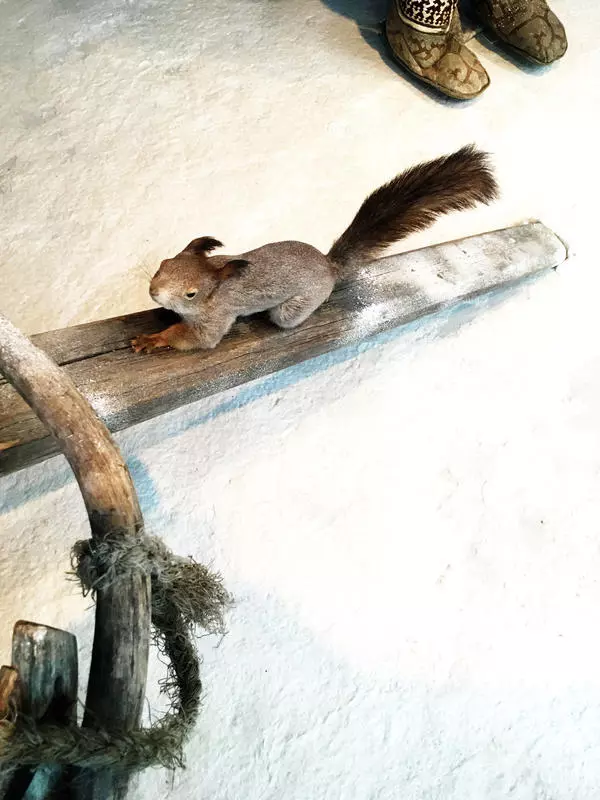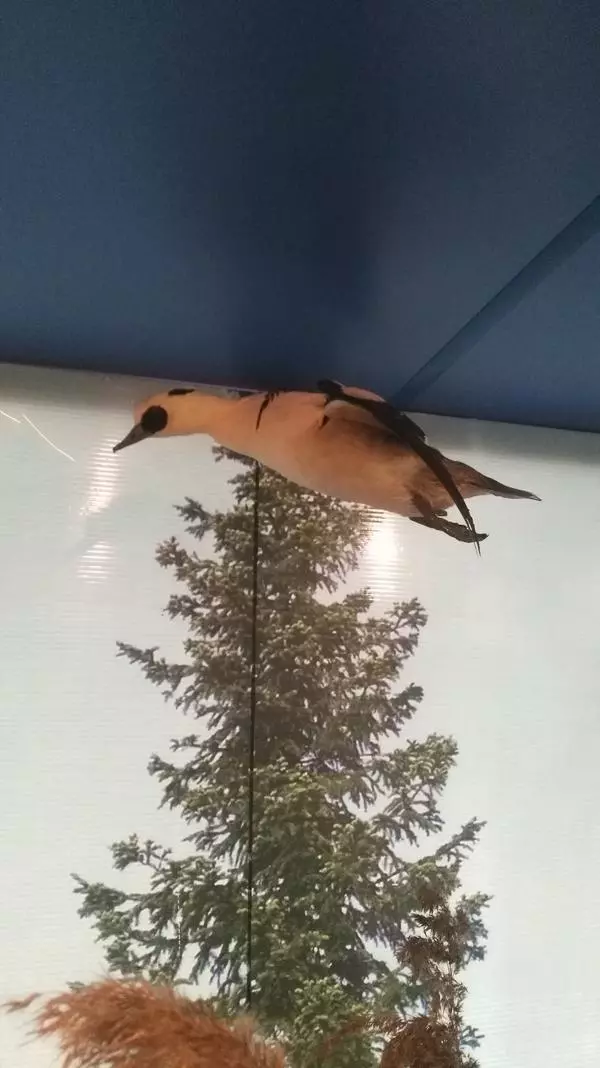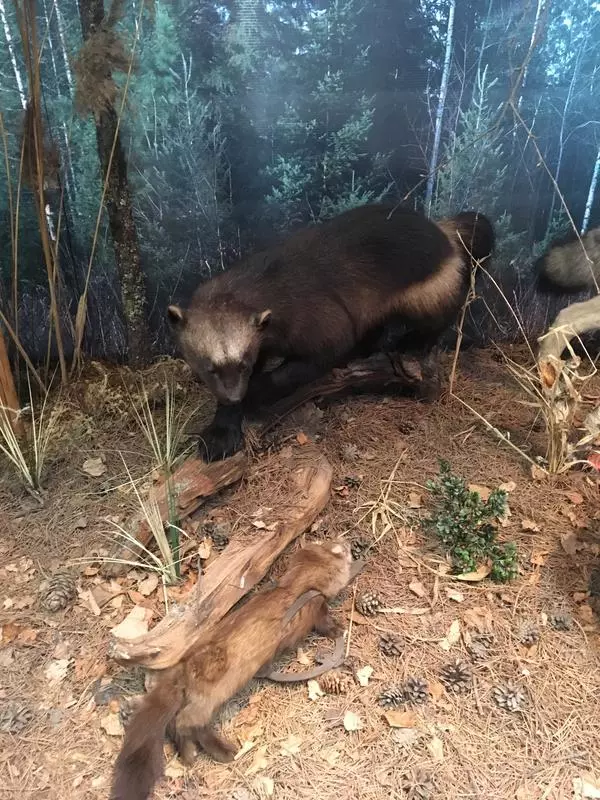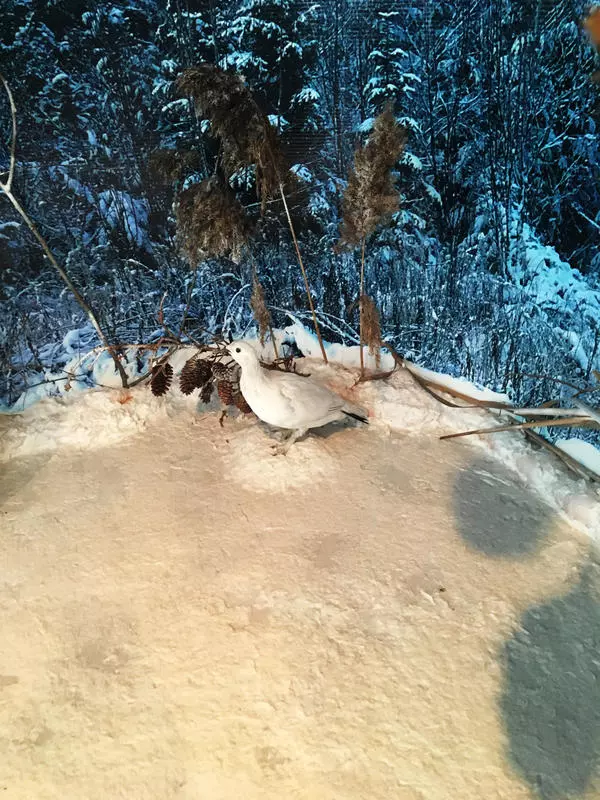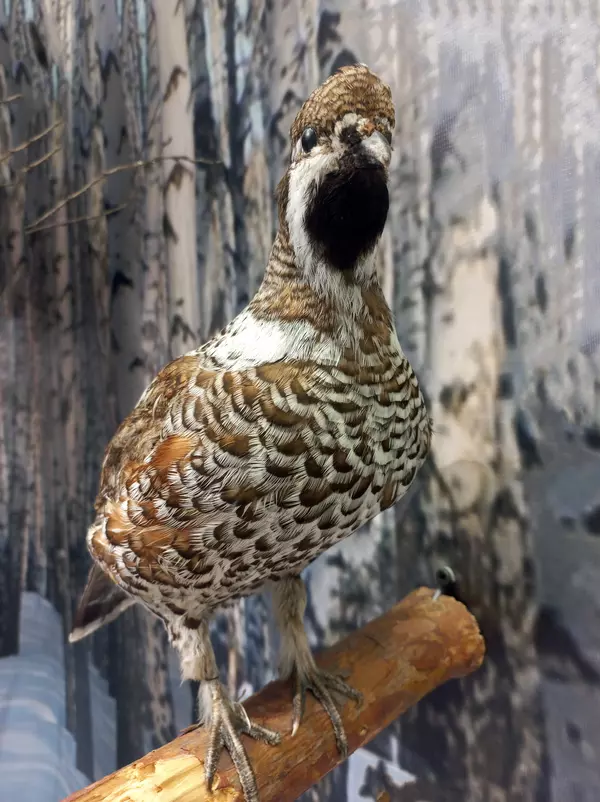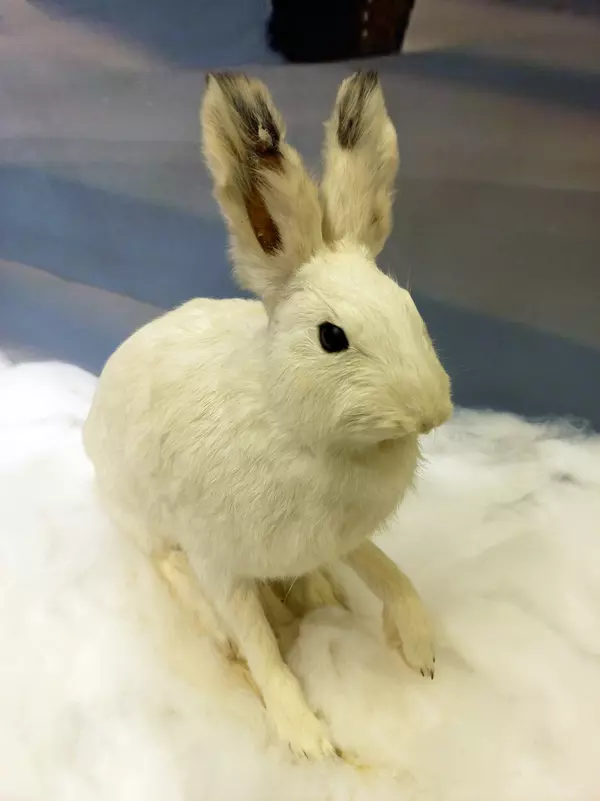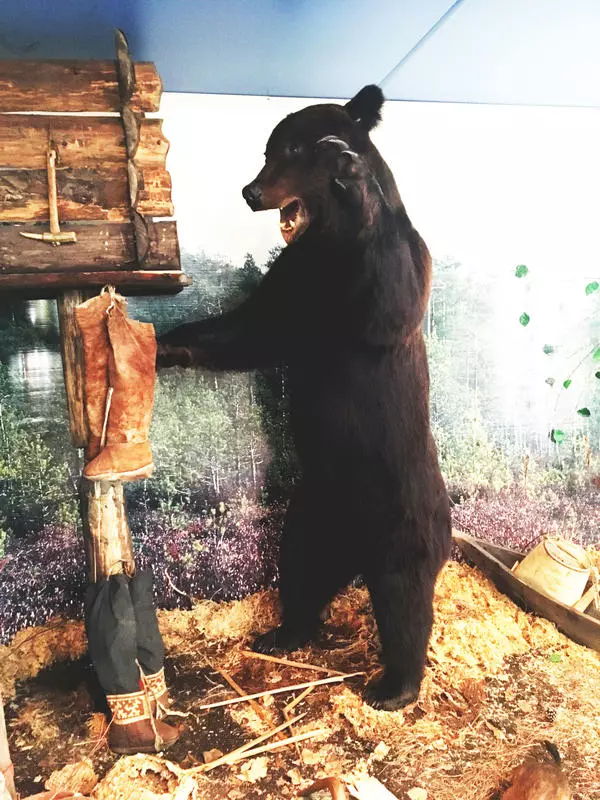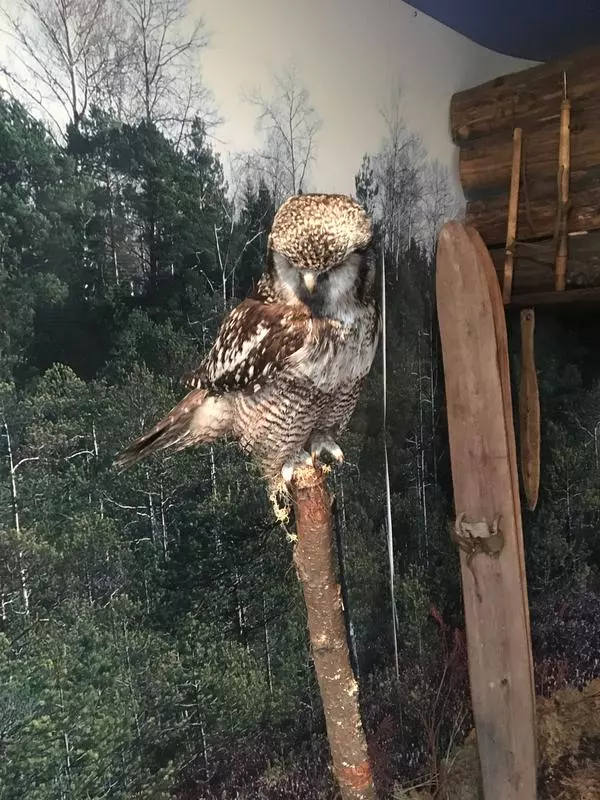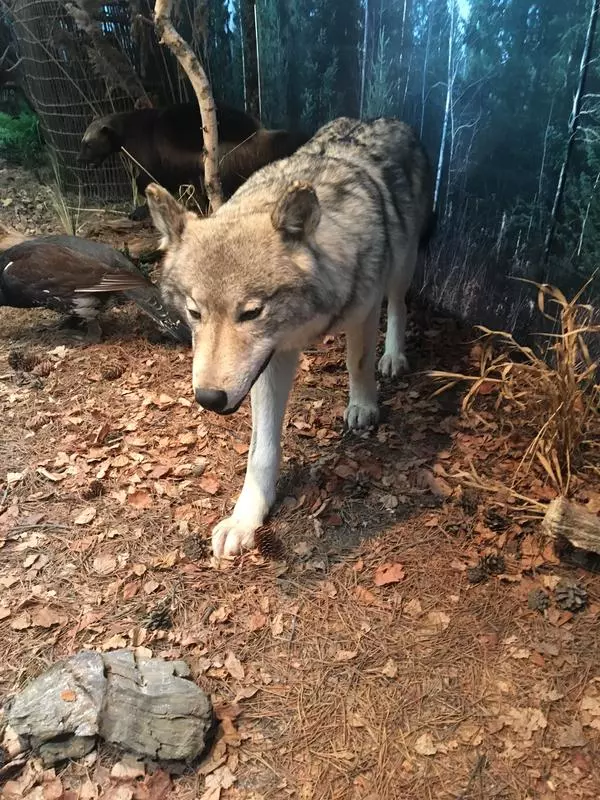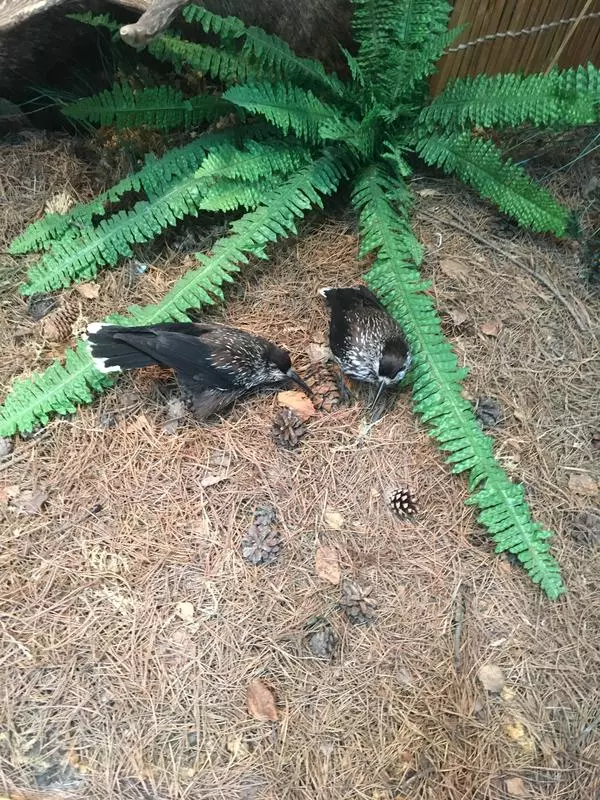The mallard is the largest and the most common one of river ducks. It adapts itself to any environment so easily that it can be found on all continents except the Antarctic. These ducks inhabit various water bodies with fresh, briny or saline water. However, they avoid lakes with bare banks, mountain streams and other rapid rivers. One can often see these birds in town, and if ponds or channels do not freeze, the ducks stay there even in winter.
It is easy to tell the female from the male by their color. The male has a green head and neck, and the female is sole-colored, greyish brown. During the mating season, the color of the males’ beaks changes to greenish ochre, usually with a yellow tip, and the females have dark grey beaks with orange edges, always with some black dots at its base.
Ducks are not too fastidious about their food and adapt themselves to the conditions of the place where they live. They mainly eat aquatic plants, small invertebrates, insects, shellfish, tadpoles and crustaceans, and sometimes even frogs. They eat where the water is shallow and filter the food through the corneous plates of the beak. Mallards often stand in the water with their tails up in order to reach the plants on the water body bed.
They use to build their nests near the water and hide it well: in the thick of reed or bulrush, under trees, shrubs, or in the windfall. When they are not in their mating season, they flock together, and the number of birds in the flock can be up to several hundred.
On land, mallards seem clumsy due to their typical gait and slow movement. But when they sense a threat, they can be very quick and swiftly disappear into the thicket. A wounded bird is able to dive and swim several meters underwater to hide from its pursuers.
The mallard’s natural enemies are various predators: eagles, hawks, otters, and reptiles. Many eggs in ducks’ nests are eaten by dogs and foxes. Wild populations survive due to the ducks’ adaptability to food and living conditions, but widespread hunt leads to the decline of their number.
It is easy to tell the female from the male by their color. The male has a green head and neck, and the female is sole-colored, greyish brown. During the mating season, the color of the males’ beaks changes to greenish ochre, usually with a yellow tip, and the females have dark grey beaks with orange edges, always with some black dots at its base.
Ducks are not too fastidious about their food and adapt themselves to the conditions of the place where they live. They mainly eat aquatic plants, small invertebrates, insects, shellfish, tadpoles and crustaceans, and sometimes even frogs. They eat where the water is shallow and filter the food through the corneous plates of the beak. Mallards often stand in the water with their tails up in order to reach the plants on the water body bed.
They use to build their nests near the water and hide it well: in the thick of reed or bulrush, under trees, shrubs, or in the windfall. When they are not in their mating season, they flock together, and the number of birds in the flock can be up to several hundred.
On land, mallards seem clumsy due to their typical gait and slow movement. But when they sense a threat, they can be very quick and swiftly disappear into the thicket. A wounded bird is able to dive and swim several meters underwater to hide from its pursuers.
The mallard’s natural enemies are various predators: eagles, hawks, otters, and reptiles. Many eggs in ducks’ nests are eaten by dogs and foxes. Wild populations survive due to the ducks’ adaptability to food and living conditions, but widespread hunt leads to the decline of their number.



